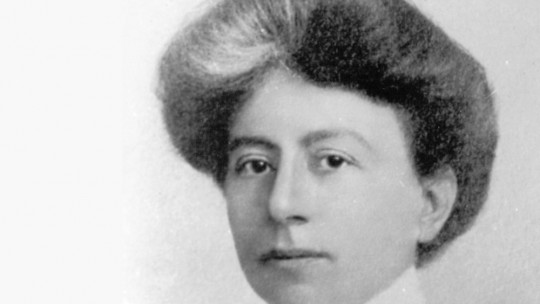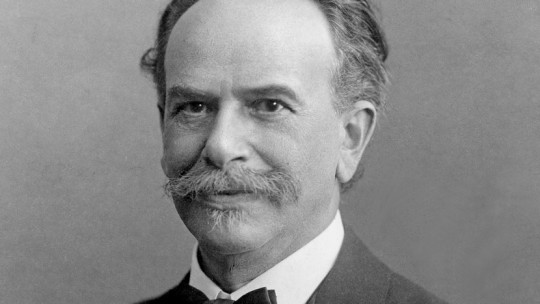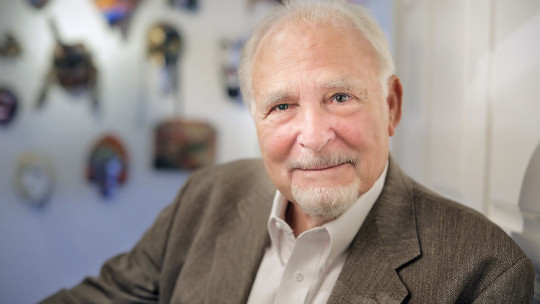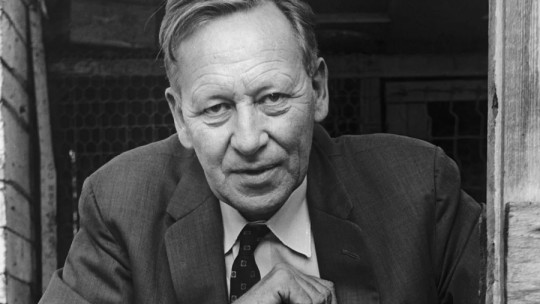Margaret Mead was one of the pioneers of cultural anthropology and North American feminism of the second half of the 20th century. Among other things she studied how social norms about sexuality, childhood and adolescence differ between different cultures; which served to question the biological perspectives that dominated the understanding of human development.
In this article we will see the biography of Margaret Mead some of her contributions to North American anthropological thought, as well as the works with which she was recognized as one of the most representative exponents of contemporary social sciences.
Margaret Mead: biography of a pioneer in anthropology and gender
Margaret Mead (1901-1978) was a cultural anthropologist who maintained an important gender perspective in her studies, which is why she is also considered as one of the precursors of the American feminist movement
She was born in Philadelphia, Pennsylvania and was the oldest of 4 children. Although her parents were also social scientists, who had greatly inspired her professional career, Mead He defined his paternal grandmother as his most decisive influence whom he recognized as a very empowered woman.
In the year 1923, Margaret Mead graduated from Barnard College, which was a women’s school affiliated with Columbia University. She had taken most of her subjects in Psychology, a career that interested her greatly and which motivated her to study child development.
He later trained with Franz Boas, a professor of anthropology at Columbia, and was finally convinced to study and practice this discipline. He obtained a doctorate in anthropology in 1929 from Columbia University.
The academic world and private life of Margaret Mead
One of Margaret Mead’s convictions was that Cultural conditions are more determining than genetic characteristics in human behavior; which quickly moved to the analysis of gender roles and human development.
From this he compared several cultures that were considered “primitive” with North American culture. Given the cultural conditions of the time in the American West, his thinking was very innovative, although at the same time it received negative responses.
Generally speaking, Mead had a very liberal perspective on sexuality, which was visible not only in his academic works, but in his relational experiences. That is to say, her academic and private perspective was very close to cultural relativism and moral relativism about sexuality, which also placed her at the center of many moralistic criticisms and controversies in the academic world.
Despite this, her academic rigor soon made her a prestigious woman. She joined as a curator at the American Museum of Natural History in New York, in addition to having taught at Columbia University, New York University, Emory University, Yale University, and the University of Cincinnati. He eventually founded the anthropology department at Fordham University
She also became president of the American Anthropological Association, among other well-known institutes of applied anthropology. Among other things, she promoted the creation of a national archive of ethnographic films that would serve to preserve important anthropological work and legacy.
Human development and gender roles in New Guinea
During his work, Mead refuted the idea of “primitive” societies, where inhabitants were considered children, or as if they were genetically determined to develop “less advanced” psychological states. She argued that human development depends on the social environment.
From there, Mead observed that gender roles were very different between different societies, which led to the conclusion that these roles depend much more on culture than on biology.
He made it clear, for example, that Women were dominant in some Papua New Guinea tribes , without causing any social problems. There were tribes where women and men were more pacifist and lived in more cooperative societies than the American one, for example in Arapesh.
In other tribes, such as Tchambuli, men and women had differentiated roles, but extremely different from Western ones. Men were closer to the level of the sensible, and women directed public activities.
The opposite was found in societies such as Mundugumor where he saw that men and women had developed more explosive and conflictive temperaments, with which children were also educated in a harsher way.
By purchasing studies among these societies, Mead concluded that culture shapes human behavior. Hence one of his most famous phrases: “human nature is malleable.”
Gender perspective
For Mead, masculinity and femininity reflect cultural conditions , and gender differences are not entirely determined by biology. His perspective on gender roles was very radical for his time and helped break down many taboos around sexuality in mid-20th century American society.
Although she did not call herself a “feminist,” her theoretical developments not only impacted academia, but she was quickly recognized as an activist and pioneer of the feminist movement.
He defended the freedom of sexual practices, criticized traditional family structures parenting based on dissymmetrical gender models, and finally, promoted the transformation of moral values related to sexuality.
Main works
Some of his main works are Coming of Age in Samoa, a 1928 book that resulted from his doctoral thesis where studied mainly adolescent girls from the Polynesian islands in relation to norms about sexuality that circulated there. In addition, he made some comparisons about the transition to adulthood with North American culture and the emotional effects on young people.
With this work, Mead positioned himself as one of the great influences on the anthropology of his time. Later she continued studying the relationship between childhood, adolescence, and American families, emphasizing the value of comparative and interdisciplinary work.
Other of his important works are Growing Up in New Guinea: A Comparative Study of Primitive Education (Growing up in New Guinea: A Comparative Study in Primitive Education); and the film Trance and Dance in Bali, Learning to Dance in Bali, and Karba’s First Years. Likewise, Margaret Mead participated in other film productions that addressed the issue of different care and parenting practices in different cultures.









